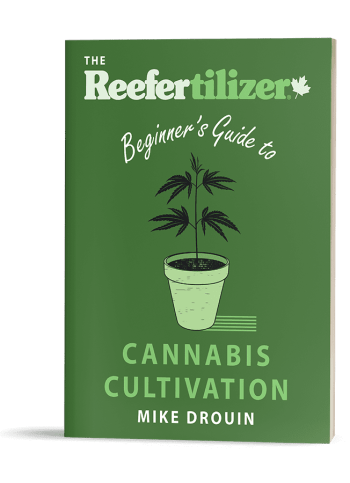When we talk about stress in weed plants, we’re looking at all the different ways a plant can be pushed out of its comfort zone. Just like people can feel stressed, plants can too! The stress that plants face usually comes from their environment. Sometimes, this stress can actually help plants grow better, but too much can cause problems.

For cannabis plants, healthy stress, known as ‘eustress,’ can improve their strength and even make the buds—the part many people use—more potent. This can happen when you train your plants by gently bending them or changing the light they get.
However, ‘distress’ is the type of stress that isn’t good for plants. It can happen if the plant gets too much or too little of what it needs, like water, light, or food. This bad kind of stress can make plants grow slower or get sick, and it can make the buds less impressive.
So, it’s all about balance. You want to give your plants just the right amount of everything and only the right kind of stress. Being a bit strict about things like when the lights are on, keeping bugs away, and making sure your plants aren’t crowded can help them grow stronger and healthier without feeling too stressed out.
Learn to Grow Better Weed
Download our free guide to growing amazing cannabis at home.
Click Here For More Info
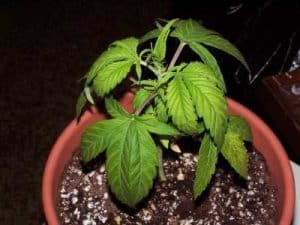
1. Water Stress: Finding the Balance for Cannabis
Water is super important for cannabis plants, but you have to get it just right. Too much water and your plant’s roots could get too wet and not be able to breathe properly, which can lead to root rot. Too little water and your plant won’t be able to get the food it needs from the soil, and it’ll start to wilt.
A right amount of water stress can actually teach your plant to grow deep roots that will help it drink and eat better. But you have to be careful not to let it get too dry for too long.
To find that sweet spot, lift your pots to feel their weight. A heavy pot means there’s enough water, while a light one probably means it’s time for a drink. Watch your plant too; if the leaves start to droop, it’s thirsty. But make sure water doesn’t sit in the saucer under the pot; that’s a sign that there’s too much.
Remember to pour the wate right around the base of the plant, close to the soil so that the roots get it all. When you get this watering balance right, your plants will have thick stems and green, happy leaves, showing you they’re healthy and growing just right.
2. Nutritional Stress: Feeding Your Cannabis Right
Cannabis needs a balanced diet of nitrogen, phosphorus, and potassium, along with micro-nutrients like calcium and magnesium. Seedlings and vegetative plants need higher nitrogen levels for leaf and stem growth, while flowering plants require more phosphorus and potassium.
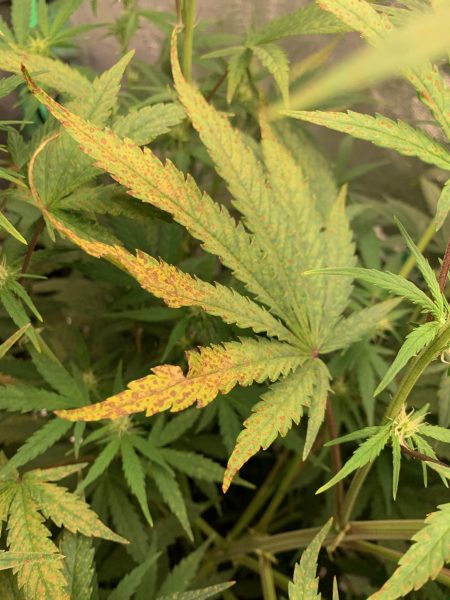
To prevent nutritional stress, feed plants according to a nutrient schedule tailored to their growth stage. For soil grows, pH levels should be maintained around 6.0-7.0 to ensure nutrient uptake. Hydroponic systems typically require a slightly lower pH, between 5.5-6.5.
Overfeeding can cause nutrient burn, indicated by yellow or brown tips on leaves. Ensure that nutrient solutions are well-diluted and applied in appropriate amounts. If signs of overfeeding appear, flush the system with pH-balanced water.
Underfeeding will show as overall lightening or yellowing of the leaves, and a lack of growth. Gradually increase nutrient concentration if plants seem underfed, but avoid sudden changes which can shock the plants.
Regularly check pH and monitor plants for early signs of deficiency or excess—adjusting feeding schedules as needed to maintain plant health.
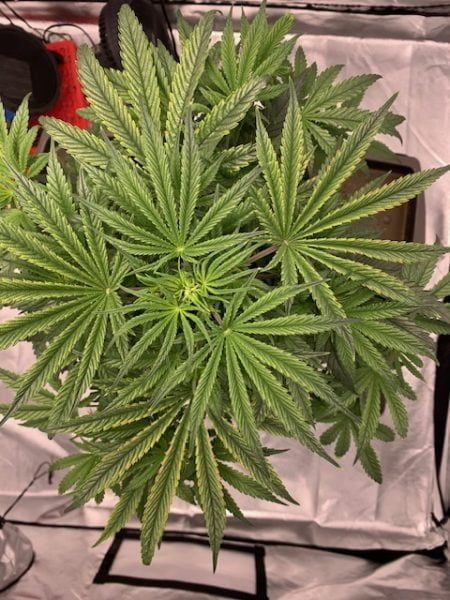
3. Environmental Stress: Temperature and Lighting Considerations
Maintaining a stable environment is key to cannabis cultivation. Keep ambient temperatures around 70-85°F (21-29°C) during daylight hours, and aim for 65-80°F (18-27°C) after lights out.
While different strains have varied preferences, sudden temperature shifts can stress your plants, potentially stunting their growth.
Adequate lighting encourages healthy vegetative growth but manage the intensity to avoid light burn—a condition where leaves become discolored and crispy due to excessive light exposure.
Position HID lights about 24 inches from plant tops, although this distance may vary based on the light’s wattage and plant stage. Refer to LED grow light manufacturer guidelines for appropriate distances, as these can differ by model.
Ensure the grow room is completely dark during the plant’s night phase to keep growth cycles regular. Disruptions in light schedules can confuse plants, leading to stunted growth or abnormal development.
Observe your plants daily for indicators of environmental stress—things like drooping, spots, or faded leaves. Install timers to regulate light cycles automatically and use thermostats to control heating and cooling systems, thus guaranteeing a steady grow room temperature. These preventive steps help in avoiding stress from environmental fluctuations and contribute to a healthier growth cycle for your cannabis plants.
4. Root Stress
Root stress occurs when cannabis plant roots encounter adverse conditions. Common culprits include over-watering, under-watering, compacted soil, and container size. Over-watering leads to oxygen-depleted soil and potential root rot, while under-watering makes it difficult for roots to absorb nutrients and grow. Opt for a watering regimen that allows the top inch of soil to dry out before adding more water.
Compacted soil restricts root growth and impedes water drainage. Cannabis plants prefer loose, airy soil that roots can easily penetrate. Ensure your soil has adequate perlite or similar amendments to promote good drainage and aeration.
Be mindful of choosing the right-sized container for your plant. As a general guideline, plants need about 2 gallons of pot space for every foot of growth.
To alleviate root stress, inspect roots during transplanting, looking for healthy white tips. Brown or mushy roots suggest a problem that needs immediate attention. You can also use fabric pots that help with air pruning, preventing roots from becoming rootbound.
Training Plants for Tough Love
Training cannabis plants is a hands-on approach to guiding their growth and boosting yield. Physical stress, when applied correctly, encourages plants to thrive. Starting with low-stress training (LST), growers gently bend and secure branches to control shape and expose more leaves to light. Techniques like tying branches down and using a screen in the ‘Screen of Green’ method are LST staples.
High-stress training (HST) involves more deliberate actions. Techniques like topping, where you remove the plant’s top to prompt it to grow two new colas, and super cropping, which involves strategically bending and lightly bruising stems to foster resilience and improved nutrient intake, fall under HST. Both LST and HST require precision and an understanding of the plant’s limits.
Low-Stress Training (LST) Methods:
1. Tie-Down Technique:
- Bend and secure the branches to grow horizontally using soft ties.
- Loosely attach branches to the side of the pot or through holes in the rim.
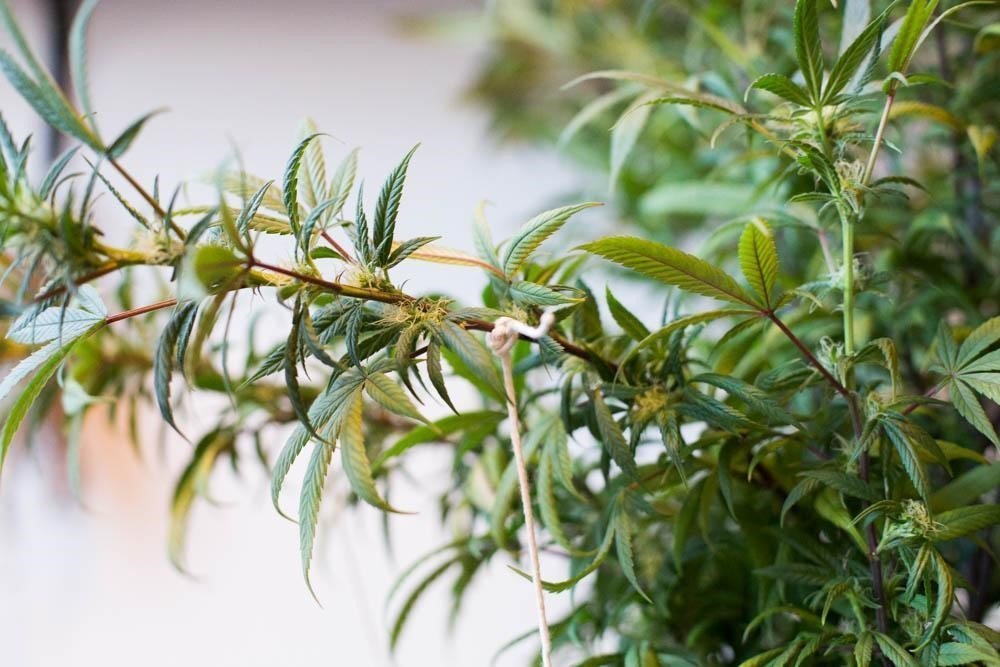
2. Screen of Green (ScrOG):
- Use a screen to spread out the branches.
- Gently weave the branches through the screen grid to create an even canopy.
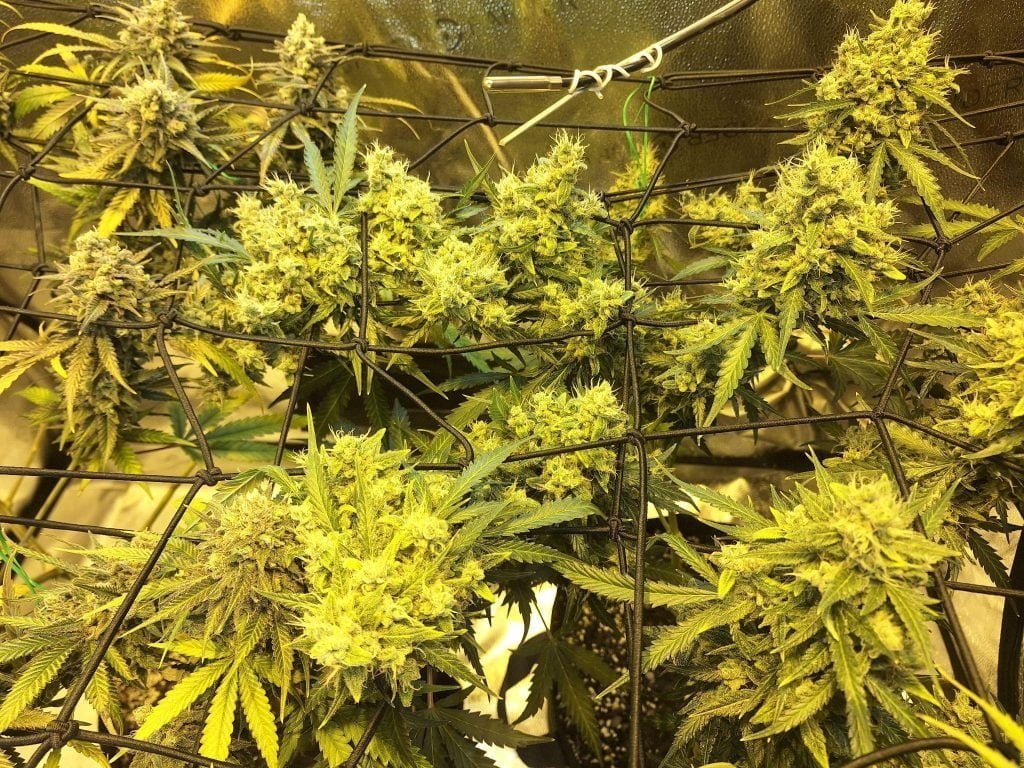
High-Stress Training (HST) Methods:
1. Topping:
Cut off the top of the main stem to promote the growth of two main colas.
2. FIMing (F****ck I Missed):
Pinch the very tip of the main stem to encourage the plant to develop multiple colas.
3. Super Cropping:
- Bend and slightly pinch stems to create a knuckle-like swelling.
- Perform without breaking the skin of the stem.
4. Lollipopping:
- Remove growth from the lower parts of the plant to focus energy on the upper canopy.
Allow plants to recover properly after HST to ensure strong growth. With both training methods, monitor your plants for any signs of distress and adapt your care plan to support their recovery and development.
Good Stress vs. Bad Stress: What’s the Difference?
Understanding the difference between good and bad stress is vital for growing healthy cannabis plants.
Good Stress
‘Good stress,’ like low-stress training (LST) and high-stress training (HST), involves controlled techniques that encourage plants to develop a stronger structure and possibly yield more.
LST gently manipulates plant growth without causing significant harm, while HST includes more intense actions, such as topping or super cropping, which, when done with care, can lead to beneficial outcomes.
Bad Stress
Conversely, ‘bad stress’ refers to conditions causing the plant harm or stunted growth. This includes extreme temperatures, inadequate water, disease, or pest infestations. Bad stress can lead to a weakened plant and potentially reduced yields or plant loss.
Managing Stress for Optimum Cannabis Growth
Appropriate stress management ensures your cannabis plants reach their full potential. Manage good stress by applying LST and HST methods during the right plant growth stages. Implement physical training during the vegetative phase, allowing ample time for recovery before the flowering period.
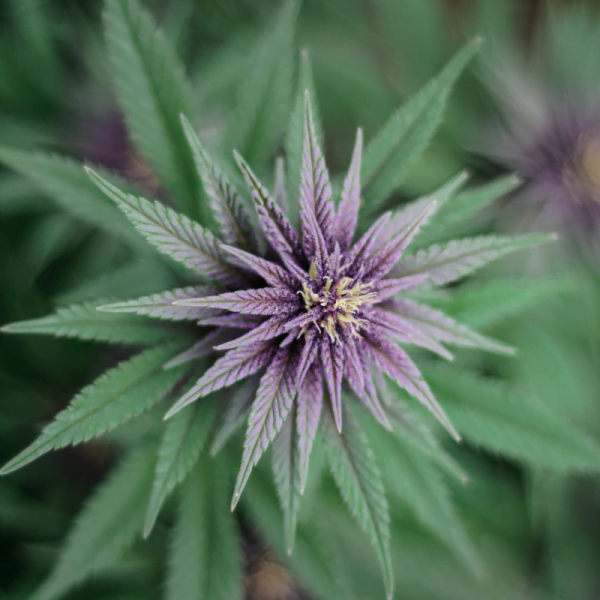
Avoid bad stress by maintaining optimal growing conditions. Regularly check for pests, diseases, water appropriately, and maintain stable temperatures for the growth stage.
Both the application of good stress and the prevention of bad stress require attentive care and responsiveness to the plant’s needs. Monitor your plants closely, adjusting your growing environment and techniques to prevent bad stress and correctly apply good stress for a high-quality cannabis harvest.
If you want to learn even more about growing good cannabis, we offer a free 40+ page guide full of images.
Now available on Amazon.
Sign up for our newsletter and download the digital copy today!
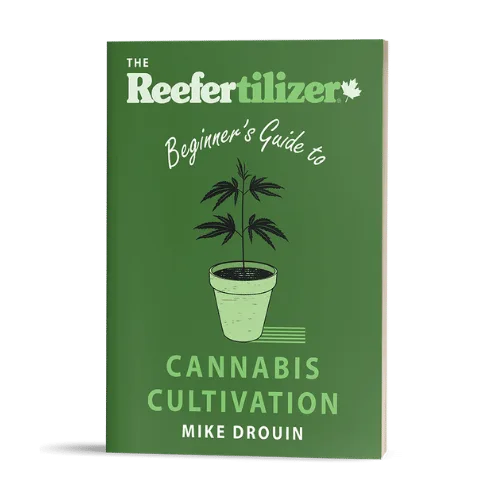
This guide will answer many questions about growing cannabis, like the following...
Selecting Seeds
Identify and Correct Problems
Maximize Yield
Much More...
Get a Chance to INSTANTLY WIN a Reefertilizer Nutrient Kit When You Sign Up.
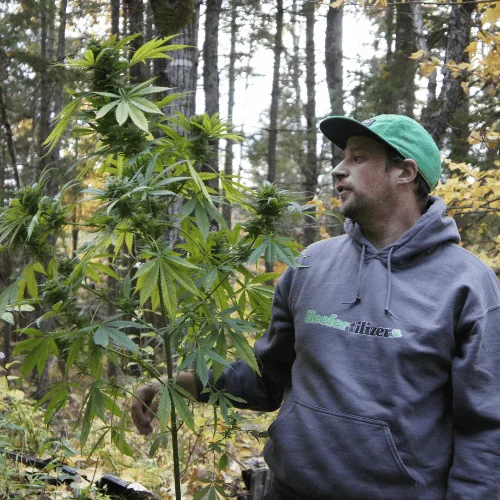
Mike Drouin is the co-founder of Reefertilizer. He’s an experienced craft cannabis grower and a writer of many articles regarding the process. Mike lives on Vancouver Island and enjoys cycling and camping and will sometimes combine the two.

